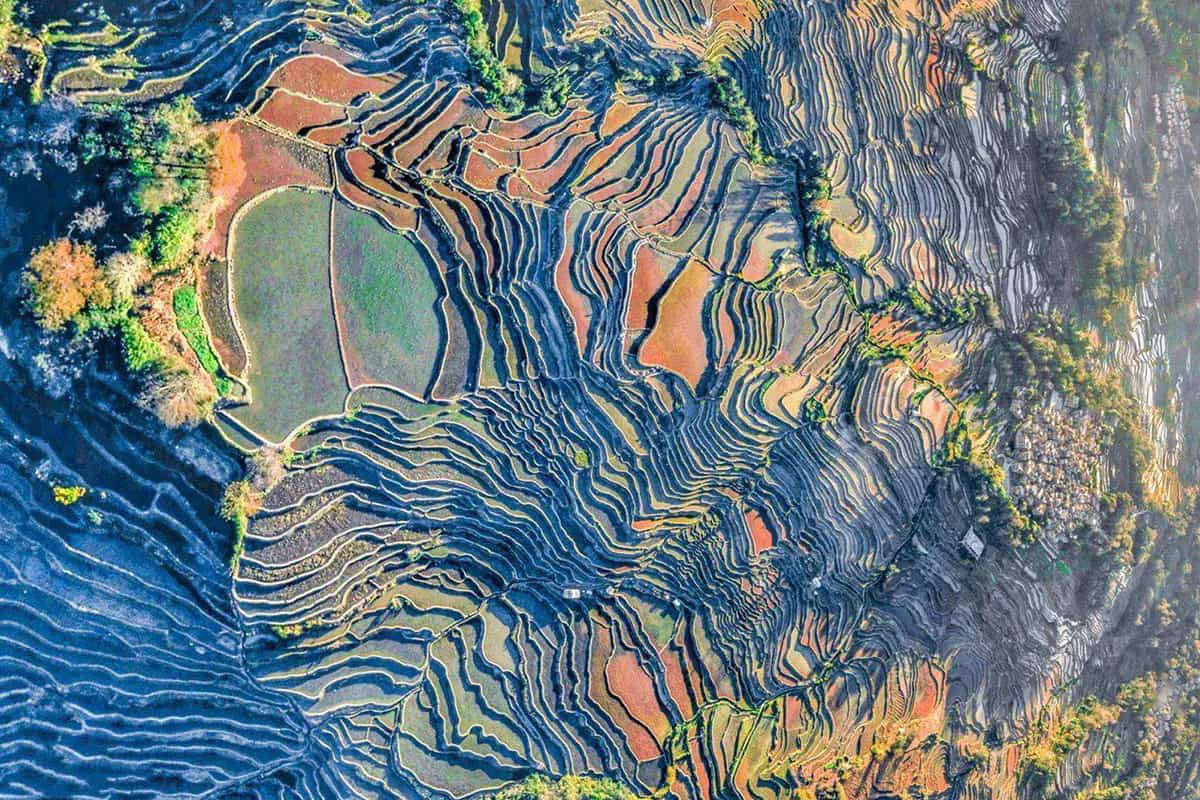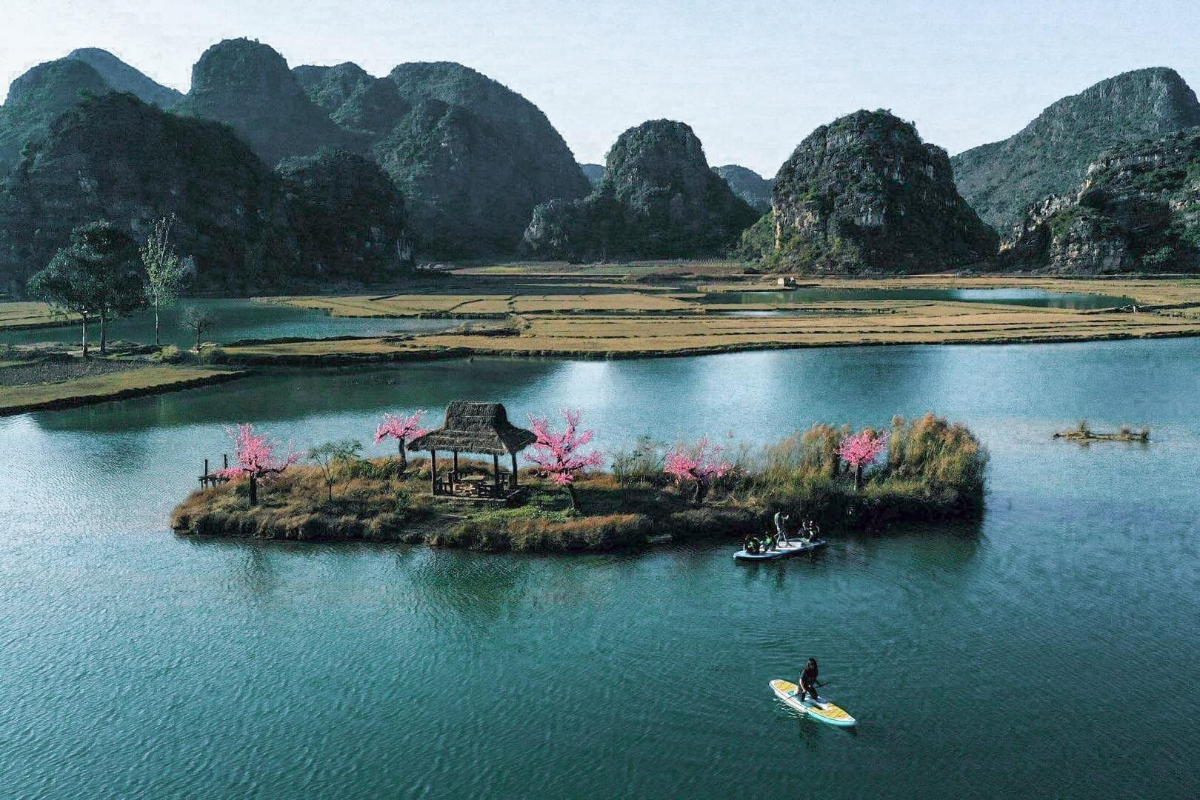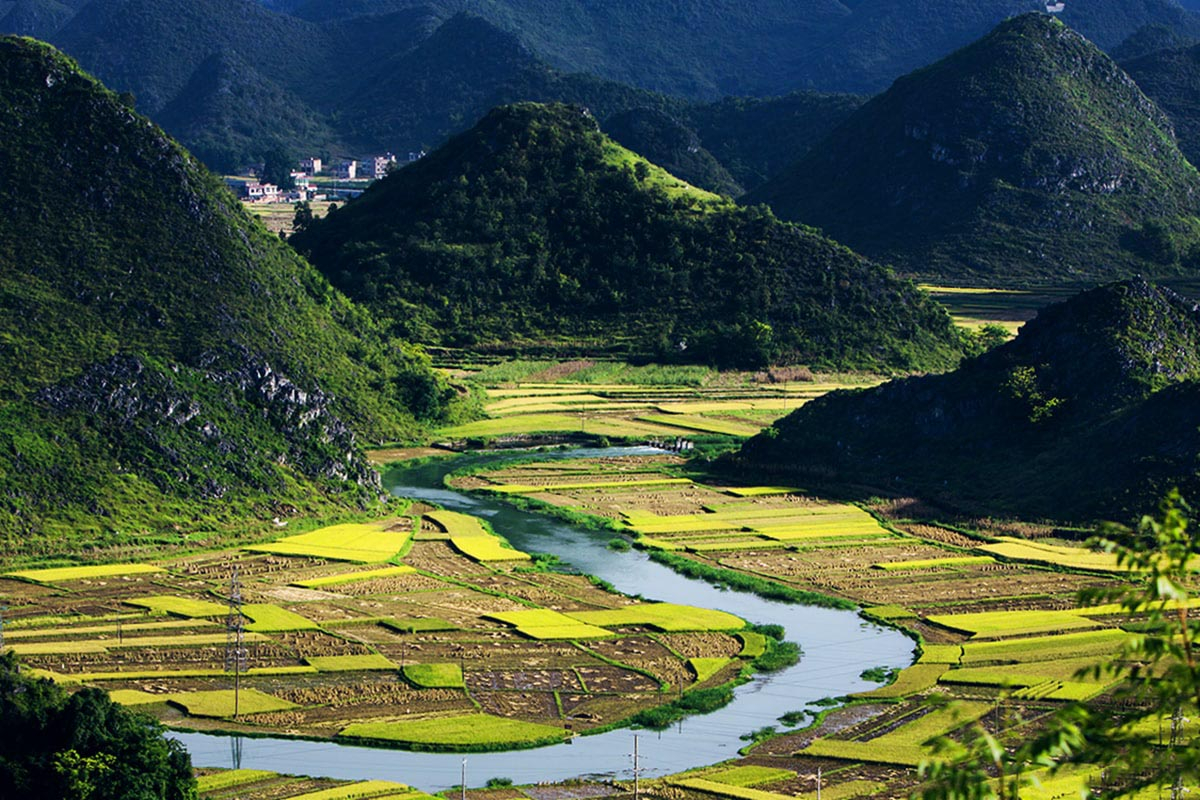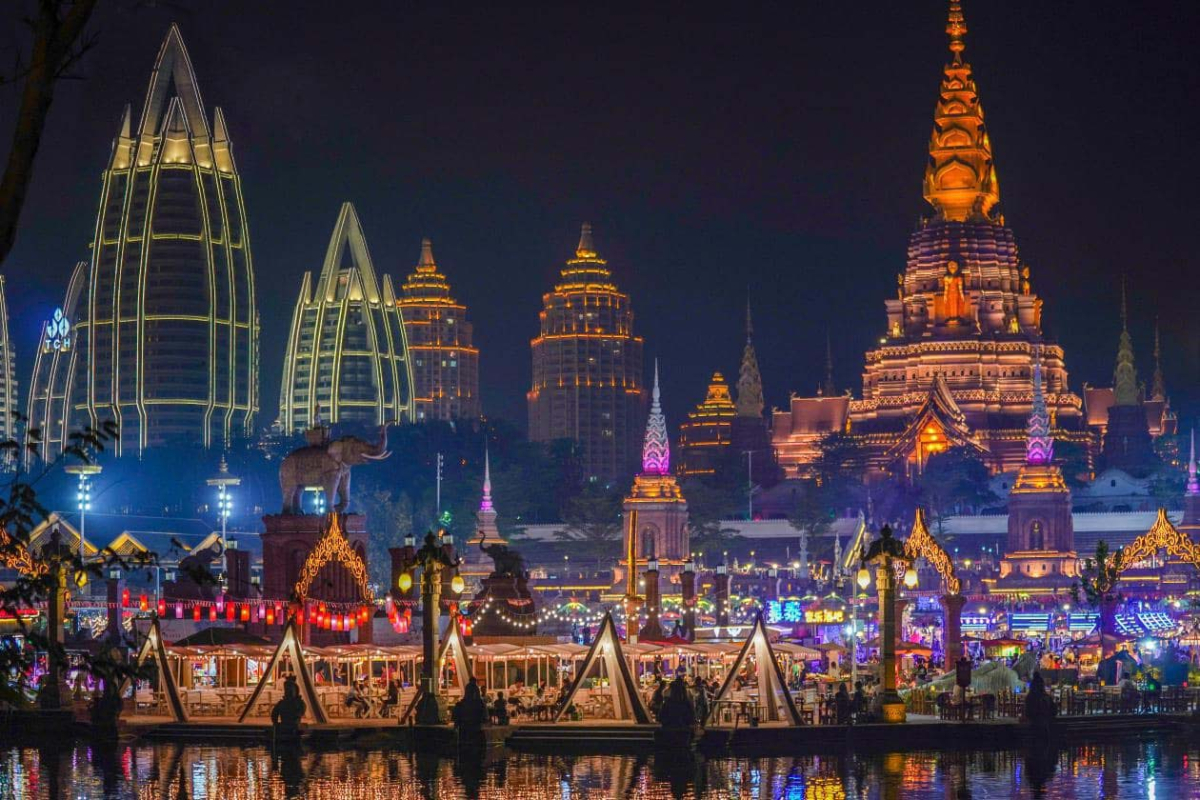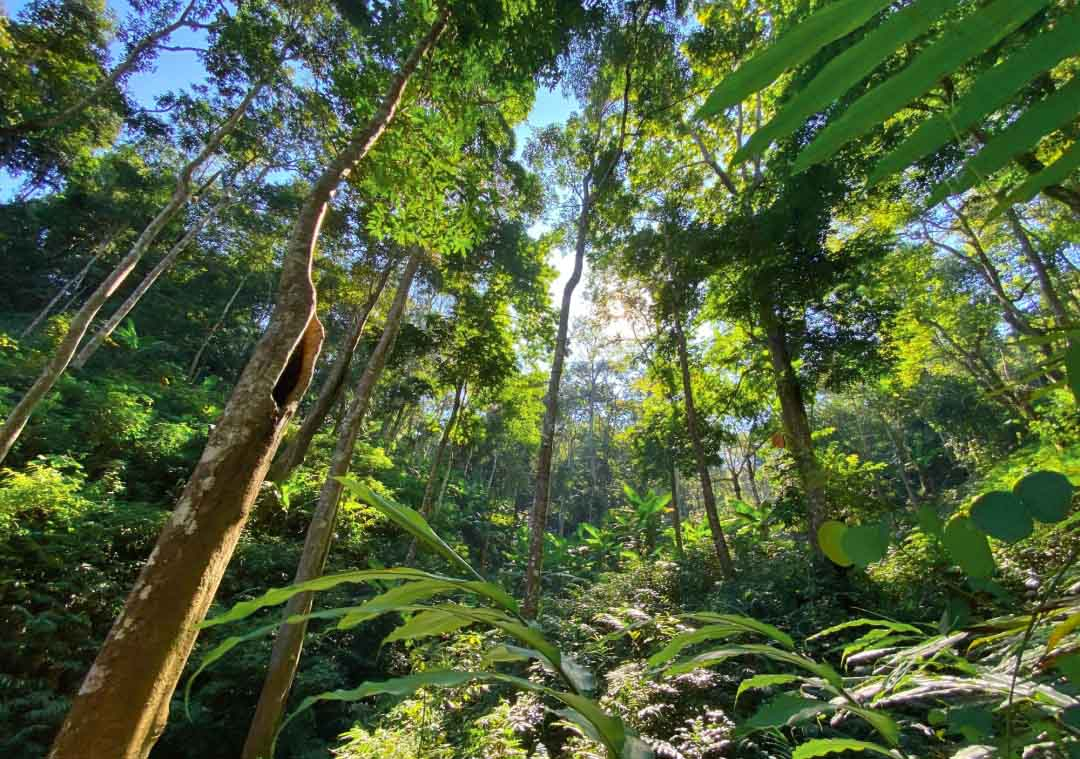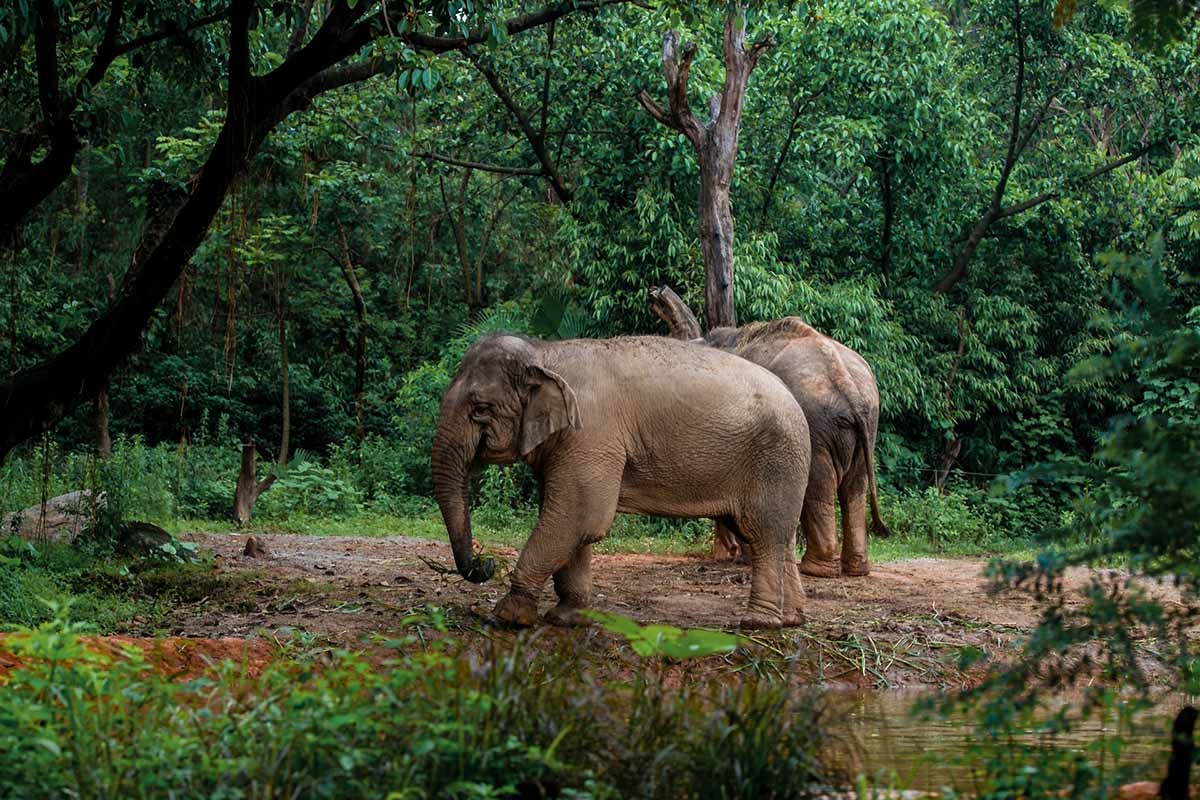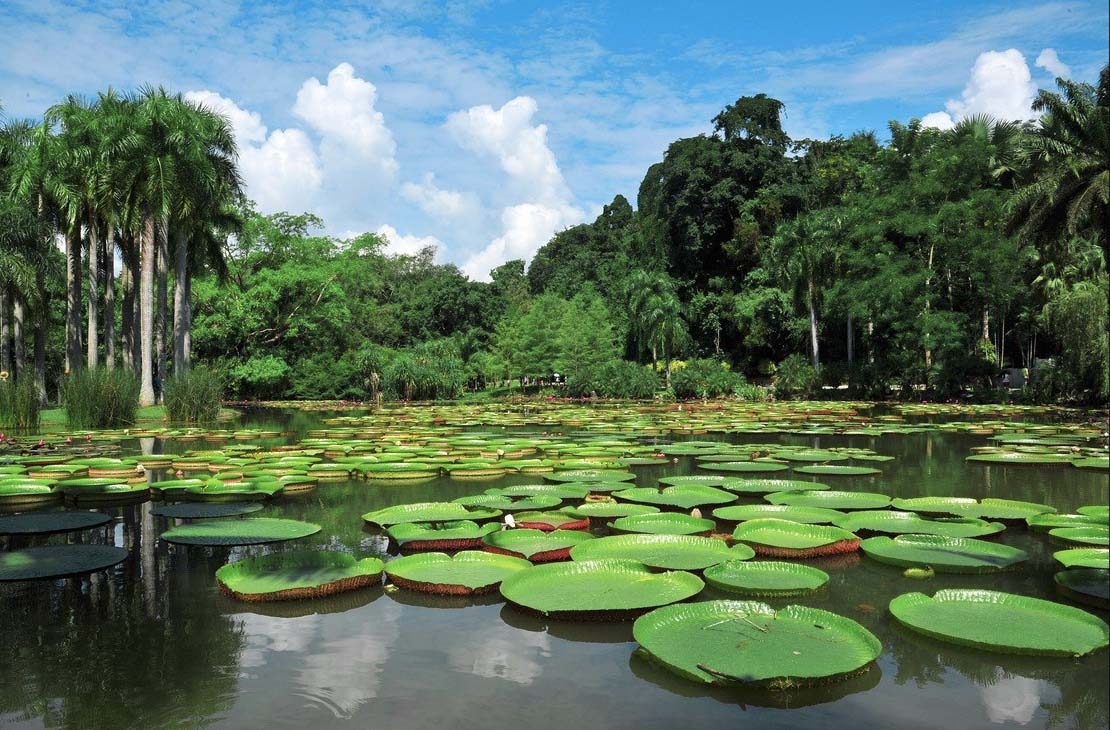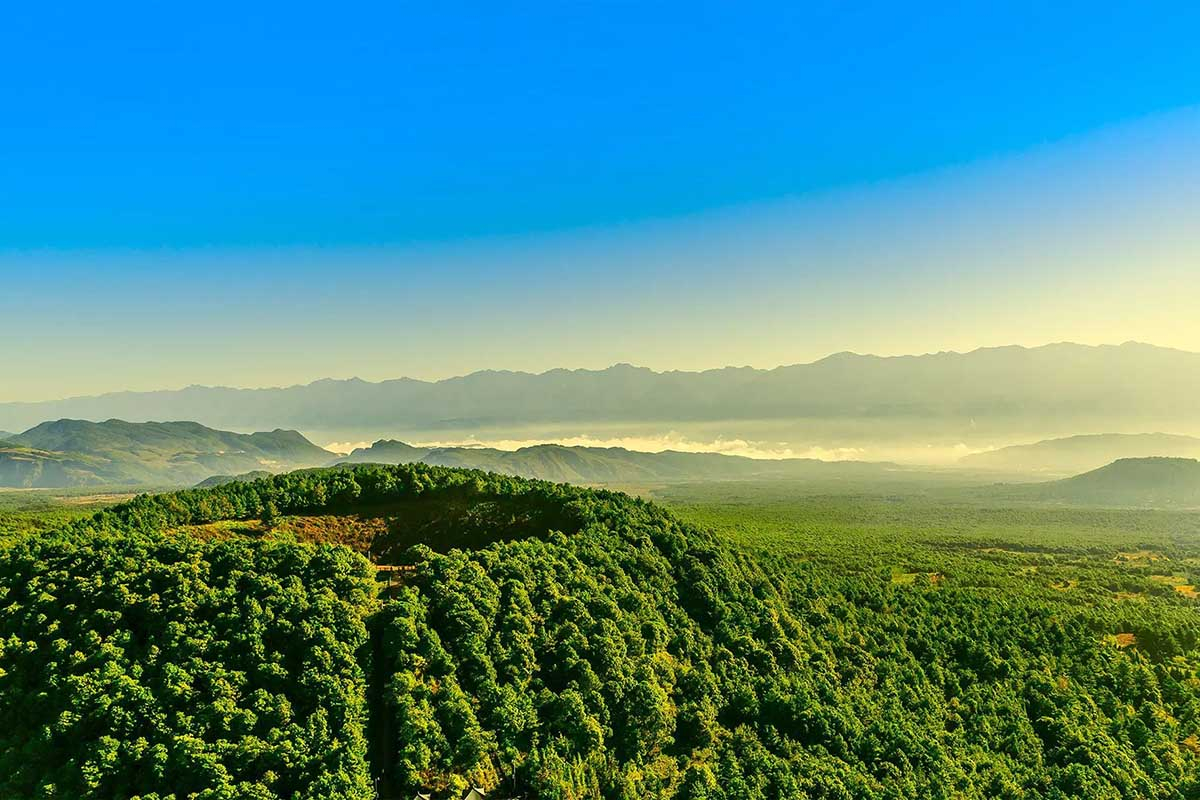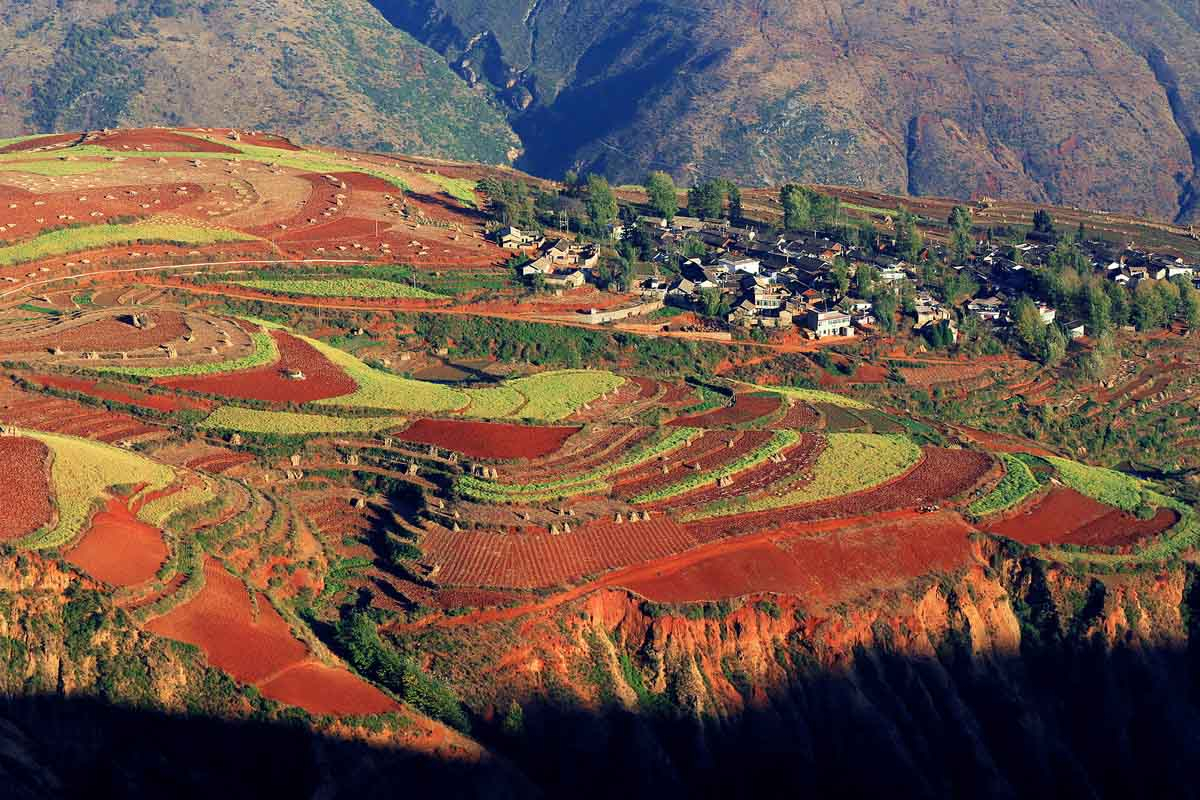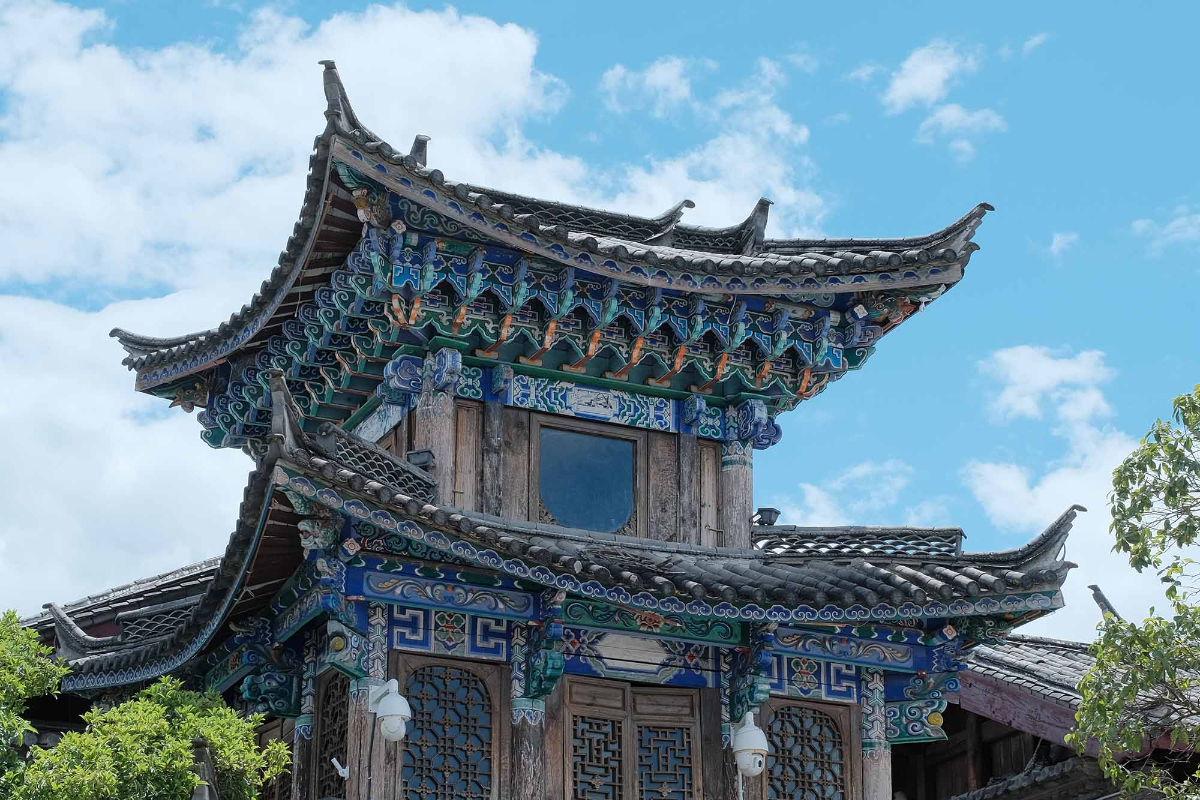Cangshan Mountain
Chinese name: 苍山 (Cang Shan)
Location: Yince Road, 5 km west of Dali Ancient Town, Yunan province.
Ticket: Entrance ticket CNY40.00, round-trip cable car of Ximatan Cableway: CNY300.00, round-trip cable car of Gantong Cableway: CNY80.00, round-trip cable car of Zhonghe Cableway CNY100.00
Estiamted tour time: Half day to one day
Recommended time to visit: Whole year round
Nearby attractions: Dali ancient town, Erhai Lake, Three Pagodas, Butterfly Spring, etc.
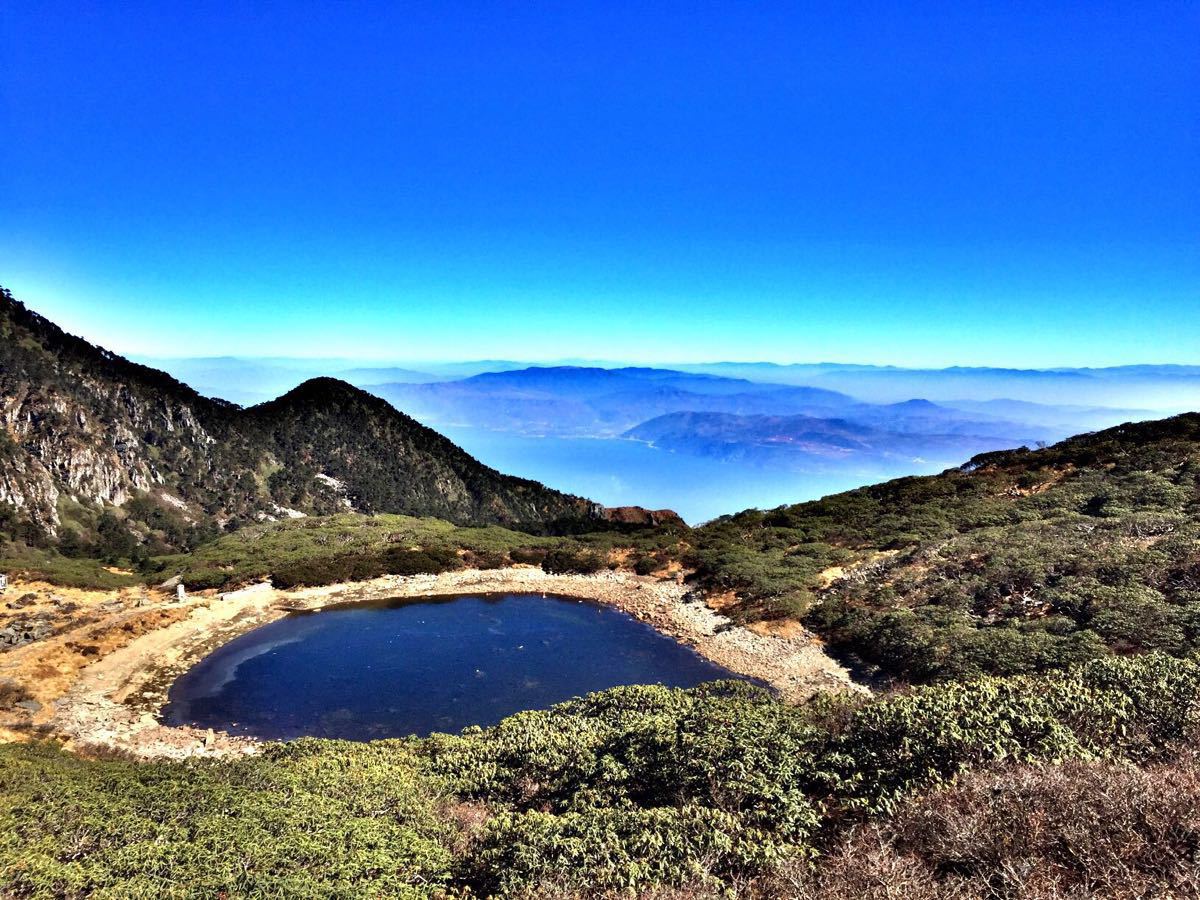
Cangshan Mountain (Mt. Cangshan) is the national geological park in China with 48 kilometers from north to south and 18 kilometers from west to east, located just to the west of Dali Old Town, Erhai Lake and Xizhou. just like a painted screen hanging magnificently around the elegant Erhai Lake.
Located in western Yunnan Province at the southern end of the lofty Qinghai-Tibet Plateau, Mount Cangshan is a young mountain formed only 50 million years ago. However, the rocks that make up the mountain are more than 2 billion years old. Mount Cangshan is mainly composed of metamorphic rocks, including marble renowned for its beautiful colour and structure. It is the southernmost mountain in Asia reached by the latest glaciation period and many glacial landforms are well preserved and displayed.
It is a popular local recreation area for the people of and visitors to the greater Dali region. With 19 peaks lined up from south to north, Cangshan Mountain is full of beautiful landscapes and amazing scenic sites that shouldn't be missed. At the same time, it is also an established place for geological research as well as wild animal watching. Cangshan Mountain can also be hiked up but would be too big and too far to explore for most visitors during a short visiting time. To reach higher elevations conveniently, 3 different cable cars and ropeways have been built along the range.
Actually, Cangshan Mountain is a combination of beautiful natural scenery and historical sites. There are nineteen peaks and eighteen streams as well as some old temples and caves. The snow-capped peaks, flowing clouds, murmuring brooks and mists are fascinating and the snow of Cangshan Mountain is especially intoxicating which becomes the one of the four best highlights of Dali. No matter you visit the mountain by taking cable car or by hiking, Cangshan Mountain will never disappoint you.
Hiking options in the Cangshan range include trips to lakes, waterfalls, mountain peaks and temples. For those looking for a leisurely hike the Cloud Pass is an easy choice. The stone path is fairly flat and winds around six mountains, past five waterfalls and three temples. There are also side trails jutting out from the Cloud Pass near the waterfalls that lead upward to clear pools, more waterfalls and excellent vistas. Stretching about twenty kilometers, Cloud Pass can also provide a nice workout. With road signs and plenty of other hikers there is no danger of losing your way.
● Highlights of Mt. Cangshan
Clouds of Mt. Cangshan
The clouds around Mt. Cangshan peaks are noted for irregular changes in a day and offer diverse marvelous views. The most famed are Wangfu Cloud (Waiting-husband Cloud) and Yudai Cloud (Jade Belt Cloud). The first is relevant to a love story between a princess and a hunter; it often emerges around the Yuju Peak in winter or spring, which plays an important part in local as a sign for fierce gale and terrifying waves on Erhai Lake that fishing boats will not go to sea. The Yudai Cloud is charming and lovely; it is also an omen for a good harvest to local Bai People; it often emerges after rains and looks like a milk-white jade belt gracefully twisting the Cangshan Mountain.
19 peaks of Mt. Cangshan
The 19 peaks of Mt. Cangshan stretch in a long ridge, just looks like an unceasingly flying dragon. They are toweringly connecting with the blue sky, erecting as painted screen which divides itself into two entirely different styles in the east and west. Walking in the fragrant trees and blooming flowers is just like walking in a fairyland. Various local featured floristics in the mountain make it a huge forest park; in total, there are over 6000 species plants in Cangshan Mountain; there are swaying broad-leaved forest, big and tall firs, and millions of azaleas, which are the season’s symbol and in great varieties, such as fiery-red Rhododendron simsli, snow-white Rhododendron decorum, cream-yellow Rhododendron molle, boldly Rhododendron russatum, and inaccessible Rhododendron redowskianum on the high branches.
18 streams of Mt. Cangshan
Between every two peaks of the Mt. Cangshan, there is a stream flying down and joining each other to the Erhai Lake. If the colorful flowers are the emotions of Mountain Cangshan, then the water amidst verdant forests and flowers is the soul of the mountain. The streams of Mt. Cangshan are clear and cool, while pools and ponds are graceful and elegant.
Between every two peaks of Cangshan Mountain, there is a stream flying down and flowing into the Erhai Lake.
Qingbi Stream
Qingbi stream, literally Clear and Green Stream, is worthy of the name. There is a popular saying among locals, one do not want to enjoy the beauty of other waters after a visit to Qingbi Stream. The Qingbi stream is just the example of all Dali waters. Flowing between Malong Peak and Shengying Peak, the Qingbi Stream looks like a playing dragon happily flying down from the lofty cliff and then crossing gorges and brooks. The water is crystal clear and cobble stones in it are beautiful and visible.
Xima Pond (Horse Washing Pond)
Located at the junction of Yuju Peak and Longquan Peak, Xima Pond is deemed as “a lake over the mountains with a 3920 m height above the sea level. Among all ponds and pools on Cangshan Mountain, Xima Pond is the most famous for both high altitude and pure water quality with superexcellent scenery. According to legend, Kublai Khan (the emperor who founded Yuan Dynasty (1271-1368)) once stationed here when his troops arrive in Dali and had his horse wash on the pond, that is why the pond was so named as Xima Pond (Horse Washing pond). Around the pond are thick azaleas and thick bushwood that the pond is gorgeous blazing with colors during the azalea season at the end of spring and the beginning of summer.
Ancient Cultural Relics Sites in the area of Mt. Cangshan
There are three relic sites, the Ancient Neolithic Cultural Relics Site, Taihe City Ruins (the capital of ancient Nanzhao Kingdom) and Qiemie City Ruins of Ancient Dali Kingdom. In Neolithic Cultural Relics Site, there are unearthed zaxes, stone chisels, characteristic half-moon-shaped stone blades, various utensils and potteries, exhibiting the cultural features of Dali in Neolithic age, and providing scientific evidences for the relevant researches.
- HOTEST
- RECOMMEND
